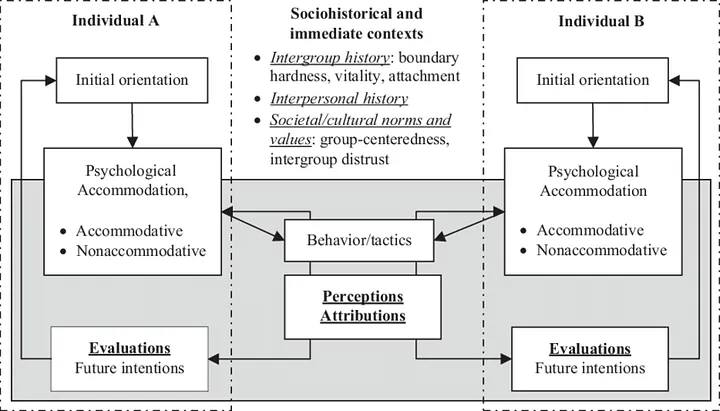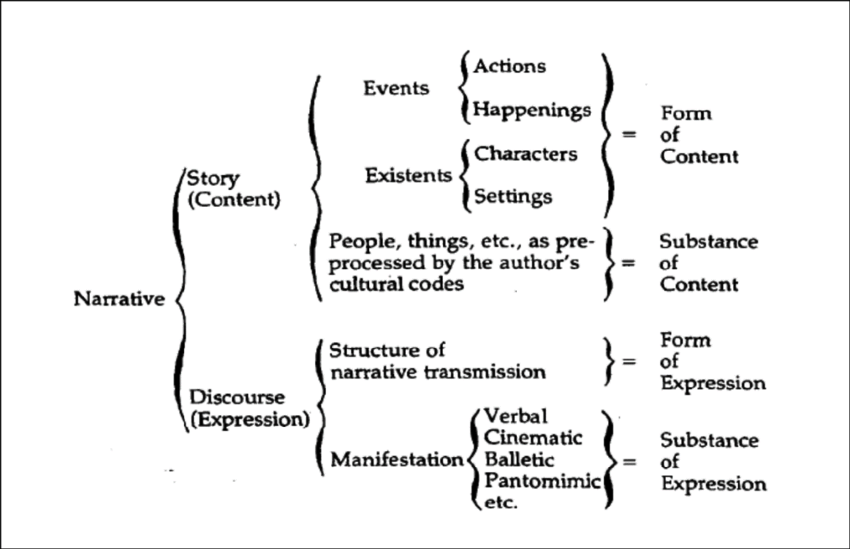Curiosity is a complex and powerful emotional reaction that filmmakers often aim to elicit in their audiences. Various techniques and effects can create curiosity in film, engaging viewers in the story and keeping them invested in it. This essay discusses some of the effects that can create curiosity in film.
One of the most effective ways to create curiosity in film is to use suspense. Suspense involves delaying the resolution of a particular situation, creating a sense of tension and anticipation in the audience. Alfred Hitchcock was a master of this technique, and his films such as “Psycho” and “Vertigo” are filled with moments of suspense that keep viewers on the edge of their seats (Deutelbaum & Poague, 2011). In “Psycho”, the shower scene is filled with suspense as the audience knows that the killer is in the bathroom, but Marion does not. The use of suspense in this scene creates a sense of curiosity in the audience as they wait to see what will happen next.
Another technique that can create curiosity in film is to use mystery. Mystery involves presenting the audience with a puzzle or a question that needs to be solved. This can be achieved through the use of enigmatic characters, strange events, or unexplained phenomena. David Lynch’s “Mulholland Drive” is an example of a film that uses mystery to create curiosity. The film is filled with cryptic clues and unexplained events that keep viewers guessing as to what is really going on (Gibson, 2016). The use of mystery in this film creates a sense of curiosity in the audience as they try to unravel the secrets of the story.
Ambiguity is another technique that can create curiosity in film. Ambiguity involves presenting the audience with a situation or a character that is not clearly defined. This can be achieved through the use of unclear motives, conflicting emotions, or contradictory actions. Christopher Nolan’s “Inception” is an example of a film that uses ambiguity to create curiosity. The film is filled with complex and layered characters, each with their own motivations and desires. The use of ambiguity in this film creates a sense of curiosity in the audience as they try to understand the true nature of the story (Nolan, 2010).
The unexpected is another technique that can create curiosity in film. The unexpected involves presenting the audience with a surprise or a twist that they were not expecting. This can be achieved through the use of unexpected events, unexpected character actions, or unexpected plot twists. M. Night Shyamalan’s “The Sixth Sense” is an example of a film that uses the unexpected to create curiosity. The film has a twist ending that completely changes the audience’s perception of the story, creating a sense of curiosity in the audience as they try to figure out how they missed the clues (Ebert, 1999).
In addition to these techniques, there are other factors that can create curiosity as an emotional reaction in film. The use of music is one such factor. Music can set the tone for a scene, create a sense of tension or anticipation, and add emotional depth to the story. John Williams’ theme music in “Jaws” creates a sense of dread and anticipation in the audience, building up to the appearance of the shark (Sider, Freeman, & Sider, 2013). The use of music in this film creates a sense of curiosity in the audience as they wait to see what will happen next.
Visual effects are another factor that can create curiosity in film. Visual effects can be used to create a sense of awe, wonder, or excitement in the audience. In “Avatar”, James Cameron used visual effects to create the stunning world of Pandora, immersing the audience in a world unlike anything they had seen before (Prince, 2013).The
use of visual effects in this film creates a sense of curiosity in the audience as they explore this new and unfamiliar world.
Finally, the use of pacing can also create curiosity in film. Pacing involves the speed and rhythm at which the story is told, and it can be used to create a sense of tension and anticipation in the audience. Steven Spielberg’s “Jurassic Park” is an example of a film that uses pacing to create curiosity. The film starts off slowly, introducing the characters and the setting, but as the story progresses, the pace quickens, building up to the climactic finale (Young, 2000). The use of pacing in this film creates a sense of curiosity in the audience as they wait to see how the story will unfold.
In conclusion, there are many techniques and effects that can create curiosity as an emotional reaction in film. Suspense, mystery, ambiguity, the unexpected, music, visual effects, and pacing are just some of the ways that filmmakers can engage their audiences and keep them invested in the story. By understanding how these techniques and effects work, filmmakers can create films that are not only entertaining but also emotionally engaging and thought-provoking.
References:
Deutelbaum, M. & Poague, L. (2011). A Hitchcock reader. John Wiley & Sons.
Ebert, R. (1999). The Sixth Sense. Roger Ebert. https://www.rogerebert.com/reviews/the-sixth-sense-1999
Gibson, S. (2016). Mulholland Drive. Harvard Film Archive. https://harvardfilmarchive.org/calendar/mulholland-drive-2016-04
Nolan, C. (2010). Inception. Warner Bros. Pictures.
Prince, S. (2013). Digital visual effects in cinema: The seduction of reality. Rutgers University Press.
Sider, L., Freeman, D., & Sider, J. (2013). Soundscape and soundtrack. John Wiley & Sons.
Young, B. (2000). Jurassic Park. Universal Pictures.

